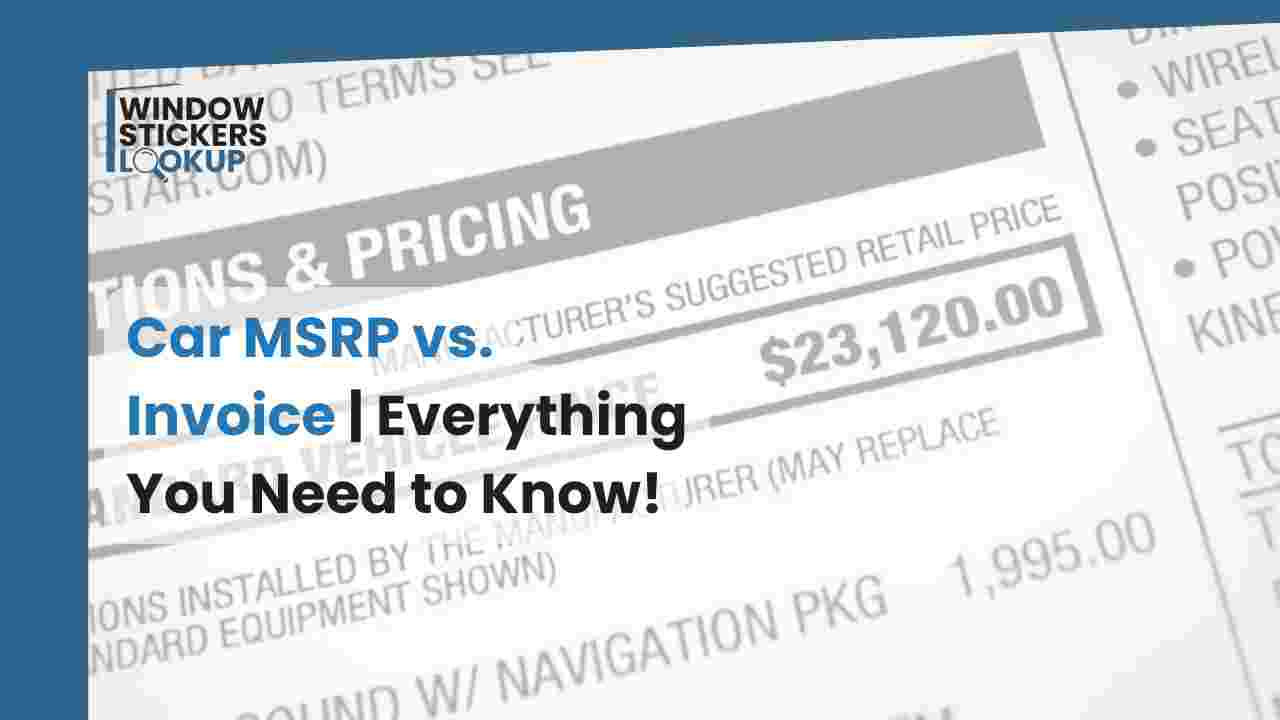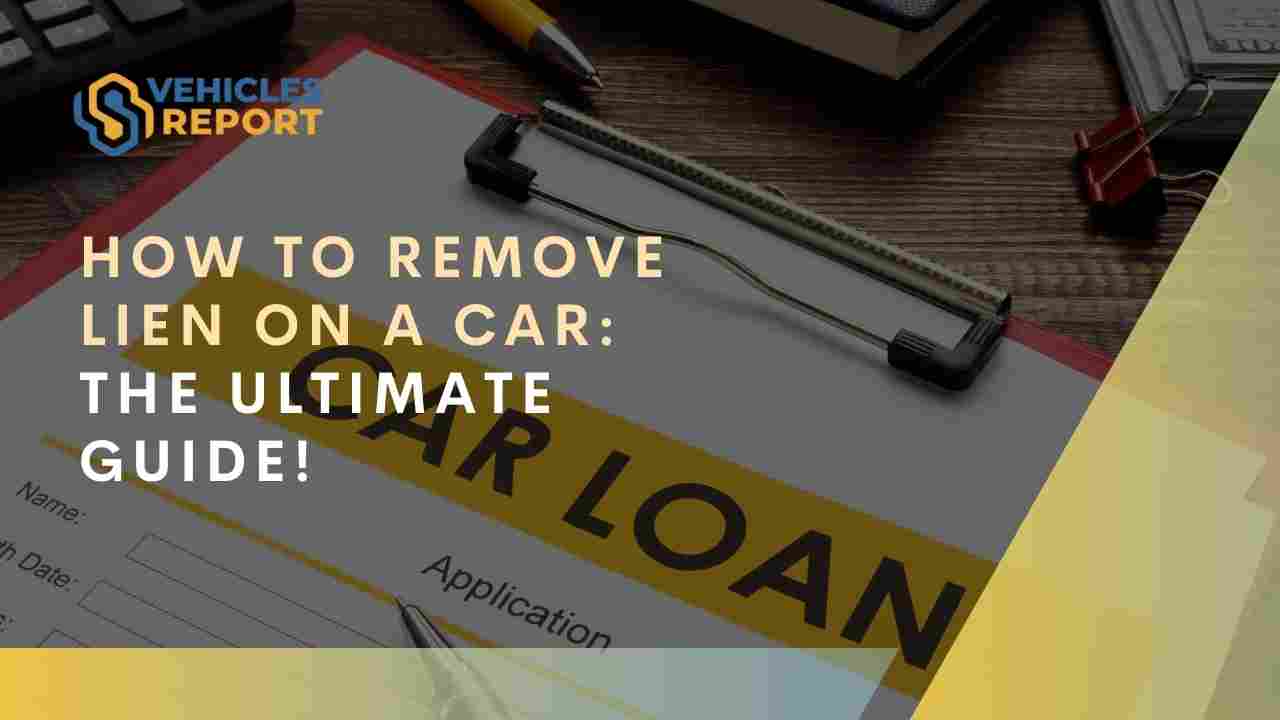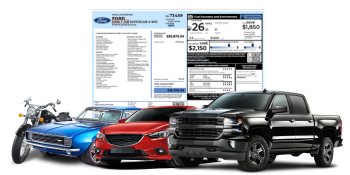During the process of buying and selling a car, there are two terms you’ll often hear – the MSRP and invoice price. Knowing what they mean and the difference between these two can help you negotiate a better deal.
In this article, we’ll break down what each term means, how they differ, and how you can use this knowledge to your advantage.
What is MSRP?
MSRP, or Manufacturer’s Suggested Retail Price, is the price the manufacturer recommends for a vehicle. This is the number you’ll often see on the window sticker of a new car. It includes the base price of the car plus any additional features or options.
Think of it as a starting point for negotiations. It’s what you typically see advertised in dealerships and online. It’s important to know that this price is not set in stone; dealerships may sell the car for less or more depending on demand and other factors.
If you can negotiate properly, using the MSRP as a starting point, you will be able to get a great deal. Now, let’s look at the invoice price and understand how it can help during the car-buying process.
What is the Invoice Price?
The invoice price is the amount the dealership actually pays the manufacturer for the car. This price usually includes the base cost of the vehicle, as well as any additional features or options the dealer chose. However, it doesn’t cover expenses like advertising, transportation, or commissions.
Think of the invoice price as the dealer’s cost. They get the car for this price and then decide how much to mark it up when selling it to you. Now, if you have an idea of the invoice price, you can have a better idea of how much room you have to negotiate.
Cost Difference Between MSRP and Invoice Price
So, how do MSRP and invoice prices compare? Generally, the MSRP is higher than the invoice price, but just by 3% to 5%. This also varies significantly based on the car’s make and model and market demand.
Let’s say the MSRP of a car is $30,000, but the invoice price is $26,000. This means there’s a $4,000 gap between what you might pay and what the dealer pays. While this might sound like a lot, remember that the dealership has other costs to cover.
But that’s not all. You also need to keep in mind that regardless of what you negotiate and decide to pay, there are additional costs you will definitely have to cover, like taxes, registration, and dealer fees.
To get the full picture of what you’ll owe, it’s a good idea to look into the out-the-door price.
New Car MSRP vs. Invoice: Which Price Should You Pay?
This is the big question! Should you aim for the MSRP or negotiate down to the invoice price? The answer is that it depends.
Negotiating Your Price
If you’re looking for the best deal, starting your negotiation around the invoice price is a smart move. Remember, dealers often have some wiggle room above the invoice price. Aiming somewhere in the middle can lead to a fair deal for both you and the dealer.
Market Conditions Matter
Keep in mind that market conditions can affect pricing. If a car is in high demand, dealerships might not budge much from the MSRP. Conversely, if a vehicle isn’t selling well, they might be more willing to negotiate down to or even below the invoice price.
It’s also wise to be aware of any promotions or incentives offered by manufacturers that could affect pricing.
How Do I Get a Fair Price?
Getting a fair price on your new car can feel like a puzzle. But don’t worry; there are ways to make it easier!
Do Your Research
Before stepping into a dealership, do some homework. Websites providing window stickers, like Window Sticker Lookup, can help you find detailed information about the car you’re interested in, including its features and suggested pricing.
If you’re buying a classic or vintage car, you can get a classic build sheet to view features, specifications, and pricing as well. This knowledge can give you the upper hand when negotiating.
Know Your Budget
Set a budget before entering negotiations and stick to it. Having a budget can help you know where to draw the line.
Be Prepared to Walk Away
One of the most powerful tools in your negotiation arsenal is your willingness to walk away. If a dealer isn’t willing to meet your price, don’t be afraid to say “thanks, but no thanks.” Sometimes, this can prompt them to offer you a better deal.
Consider Vehicle History Reports
If you’re looking at used cars, knowing a vehicle’s history can also help you negotiate a better price. Knowing if a car has been in accidents or had multiple owners in the past can give you leverage and land you a better price.
By being informed about both MSRP and invoice prices, you can confidently approach your dealership with knowledge that helps secure a fair deal.
Conclusion
Overall, knowing the difference between MSRP and invoice price is essential if you are buying a used or new car. The MSRP gives you a starting point, while the invoice price can help you gauge how much room you have to negotiate.
Always remember to do your research, be prepared to walk away if necessary, and get a window sticker to help you in the decision-making process. With some knowledge and preparation, you’ll be well on your way to scoring a great deal on your next car! Happy car shopping!









